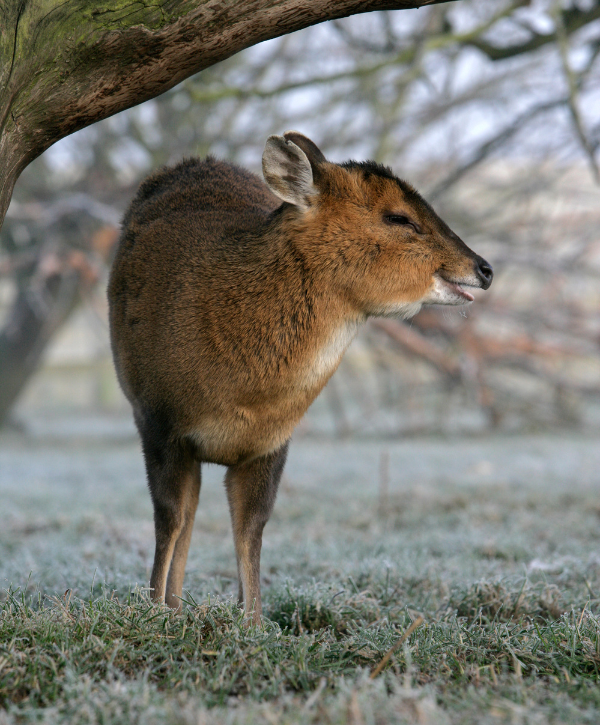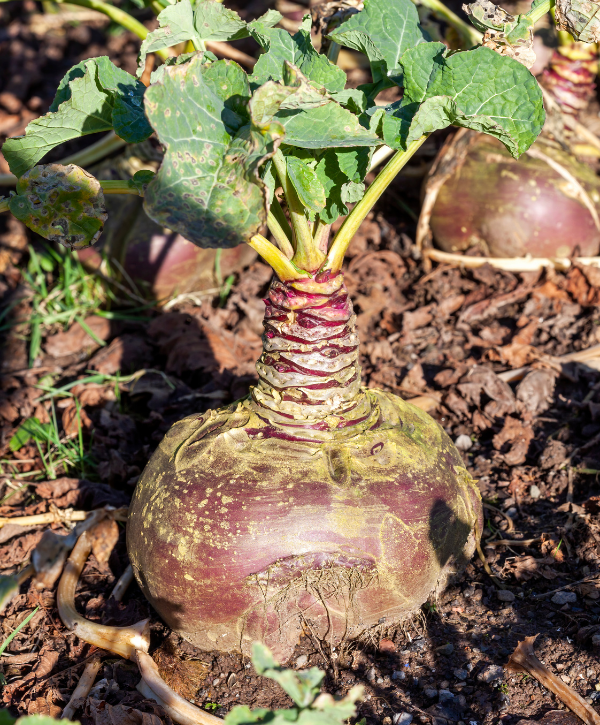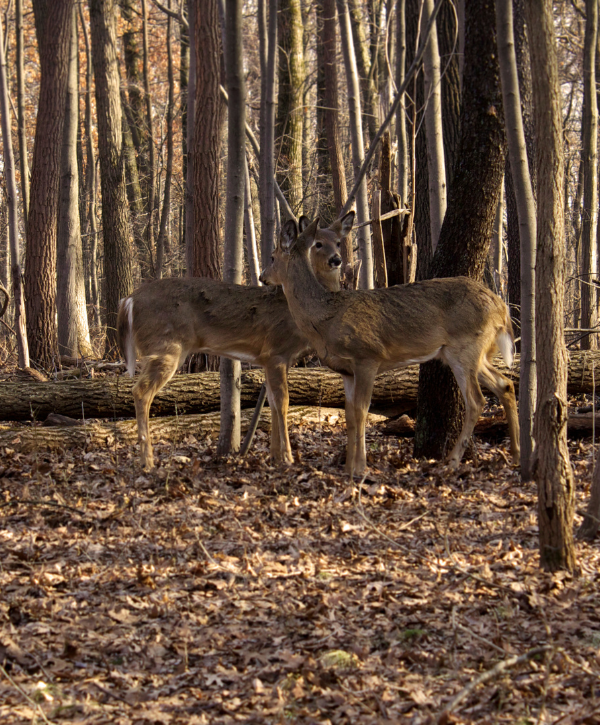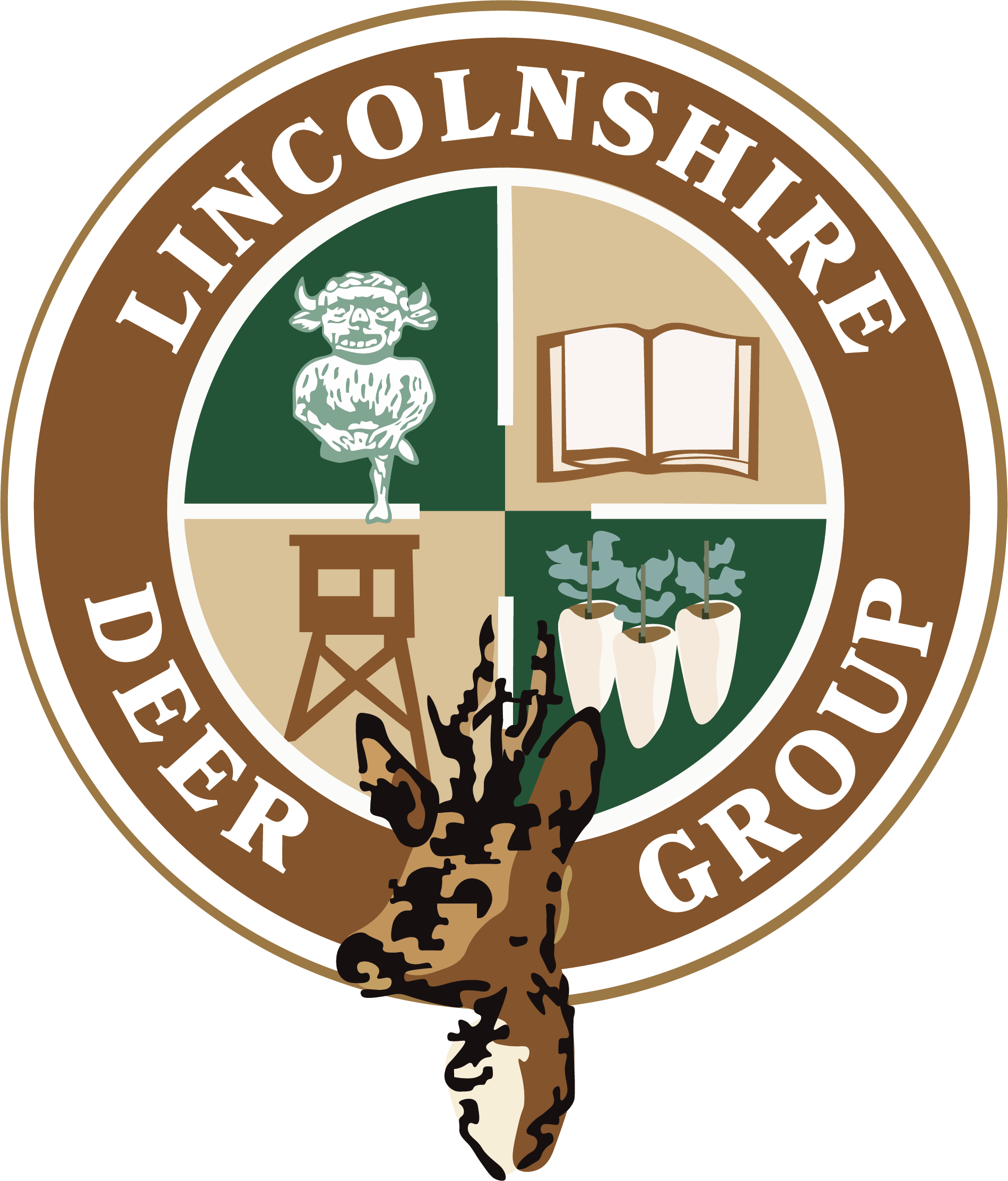Deer and Woodland
How Deer Impact the Landscape
Deer are an important part of our wildlife and are attractive animals which people enjoy seeing in our countryside.
Six species of deer have been recorded in Lincolnshire, Red, Roe, Fallow, Muntjac and Chinese Water deer, Fallow and Muntjac being the most numerous.
The British deer population is around 2 million. Wild deer have bred more freely without widespread culling due to lockdown, resulting in a larger-than-usual expansion. This can cause serious damage to woodlands, farm crops, nature reserves and even private gardens.
Deer Impact in Ancient Woodlands
The special character of Lincolnshire’s ancient woodlands is particularly vulnerable to wild deer pressures. Long-term excessive browsing of the trees, shrubs and flora can cause irretrievable damage to individual woodlands and general degradation of woodland biodiversity at the landscape scale.
For the sustainable protection of our woodlands, a balance should be achieved between desirable deer populations and healthy woodland regeneration and ground flora conditions.
The Impact of Deer on Woodland is Well Understood
Deer can adversely affect woodland biodiversity through excessive browsing. This prevents the natural regeneration of trees and threatens the long-term survival of the woodland, and loss of important woodland flora.
Forestry Commission England has worked in a variety of ways to deal with deer pressure in woodlands and has contributed to the Department for Environment, Food and Rural Affairs (DEFRA) action plan “The sustainable management of wild deer populations in England”.
In recognition that wild deer are one of the key threats to woodland biodiversity, and because there is an active Deer Group in the county (approved by the Deer initiative), grants were available from the Forestry Commission to help towards the cost of deer management in Lincolnshire.
The English Woodland Grant Scheme (EWGS) was launched in 2005 and offered 6 grants for the creation and stewardship of woodlands used for the sensitive management of wild deer populations. These grants were closed to new applications on 30 September 2014 but have legacy and obligations for existing and new owners.
Managing wild deer populations is an important element in maintaining or enhancing the ecological value of special woodlands, particularly those of high environmental value (ancient and semi-natural woodlands) so grants are available under Countryside Stewardship.
If you consider your woods have this high environmental value then Countryside Stewardship Woodland Support grants could contribute to capital and maintenance work of deer control and management.
Types of Damage Deer Cause
In addition to impacting on the habitat, too great a number of wild deer can also cause poor health for the deer themselves if their population is greater than the land can support.

'Browsing' impact on trees
Browsing is the nibbling of the buds and shoots of newly formed growth, for food, the distinctive tearing action of the shoot stem (deer only have lower set of teeth) is clearly identifiable and different to rabbits or hares which make a clean cut.
This can make trees produce multiple leading shoots, which reduces timber quality and value.
The selective browsing of tree seedlings, coppice regrowth and herbaceous plants can result in huge habitat damage. This is very important in ancient woodlands where some plant species, once lost under browsing pressure, will never return. Loss of species like primulas, violets and rosette plants will have a direct impact on invertebrate species and the food chain.
The killing of coppice stools by continued browsing severely restricts this traditional management practice.

'Stripping' impact on bark
Stripping occurs when deer shave off tree bark with their lower teeth for food. The broad parallel teeth-marks are often clearly visible, running more or less vertically. Young thicket stage trees are often worst attacked. Excessive stripping will degrade and even kill the tree.

Damage in fields and gardens
In winter, root crops such as Swedes can be severely damaged, especially if grown close to the woodland edge. Groups of Fallow deer will also gather on winter cereals and grass.
Gardens and market gardens close to woodland will often be attractive to deer. They seek out succulent plants to browse and are particularly attracted to roses.

'Fraying' impact on stems
Fraying is caused by male deer rubbing their antlers (and facial scent glands) against tree stems and foliage. This is a form of sexual aggression or territory marking during the build up to the rut. Fraying is recognised by the presence of hairs in and around the damage, also by accompanying broken and twisted side-branches and scrapes on the ground.
Fraying and thrashing with antlers is usually localised, but can cause significant damage on valuable specimen trees and small areas of young woodland.
Male deer, particularly Fallow bucks are also known to thrash plastic tree shelters to pieces.
